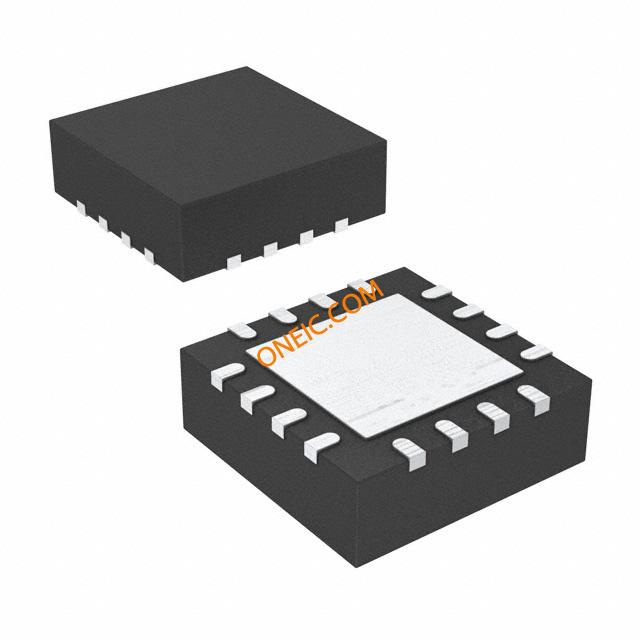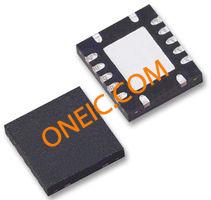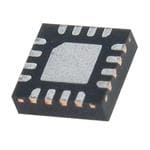PIC16F1823-I/ML
8-bit PIC microcontrollers with 3.5KB Flash, 128B RAM, 32MHz, QFN package
Manufacturer: microchip
series introduction
# Introduction to the PIC16F1823 - I/ML Product Series
## 1. Overview
The PIC16F1823 - I/ML is part of Microchip Technology's PIC16F family of 8 - bit microcontrollers. These microcontrollers are designed to offer a balance between performance, cost - effectiveness, and low power consumption, making them suitable for a wide range of applications. The "I/ML" in the part number typically indicates a specific package type and temperature range, which is important for different design requirements.
## 2. Key Features
### 2.1 CPU and Memory
- **CPU Core**: It is based on an enhanced mid - range RISC CPU architecture. This architecture provides high - speed execution of instructions, with a large number of single - cycle instructions. The CPU can operate at a maximum frequency of up to 32 MHz, enabling fast processing of tasks.
- **Program Memory**: The PIC16F1823 - I/ML comes with 4 KB of Flash program memory. Flash memory is non - volatile, which means that the program code stored in it is retained even when the power is turned off. This allows for easy reprogramming during development and in - field updates if required.
- **Data Memory**: It has 256 bytes of RAM (Random Access Memory). RAM is used for storing temporary data during the execution of the program, such as variables, intermediate results, and stack operations.
### 2.2 Peripherals
#### 2.2.1 Timers
- **Timer0**: A 8 - bit timer/counter that can be used for a variety of timing applications, such as generating time delays, measuring time intervals, or as a simple counter for external events.
- **Timer1**: A 16 - bit timer/counter with a built - in oscillator and a prescaler. It can be used for more precise timing requirements, such as generating accurate PWM (Pulse Width Modulation) signals or for real - time clock applications.
- **Timer2**: A 8 - bit timer/counter with a postscaler. It is often used in conjunction with the PWM module to control the duty cycle and frequency of PWM signals.
#### 2.2.2 Analog - to - Digital Converter (ADC)
The PIC16F1823 - I/ML is equipped with a 10 - bit ADC. This ADC can convert analog input signals from external sensors or other analog sources into digital values that can be processed by the microcontroller. It has multiple input channels, allowing it to sample different analog signals simultaneously or sequentially.
#### 2.2.3 Communication Interfaces
- **Universal Synchronous Asynchronous Receiver Transmitter (USART)**: This interface enables serial communication with other devices, such as computers, sensors, or other microcontrollers. It supports both asynchronous and synchronous communication modes, making it versatile for different communication protocols.
- **Serial Peripheral Interface (SPI)**: SPI is a high - speed serial communication interface that allows the microcontroller to communicate with other SPI - compatible devices, such as external memory chips, sensors, or displays. It uses a master - slave architecture, where the PIC16F1823 - I/ML can act as either the master or the slave device.
- **Inter - Integrated Circuit (I²C)**: The I²C interface is a multi - master, multi - slave serial communication protocol. It is commonly used for connecting low - speed devices, such as sensors, EEPROMs, and other microcontrollers, in a system.
#### 2.2.4 PWM Modules
The microcontroller has multiple PWM modules, which can be used to generate PWM signals. PWM signals are widely used in applications such as motor control
Images for reference

16-VQFN

Image Preview

Image Preview